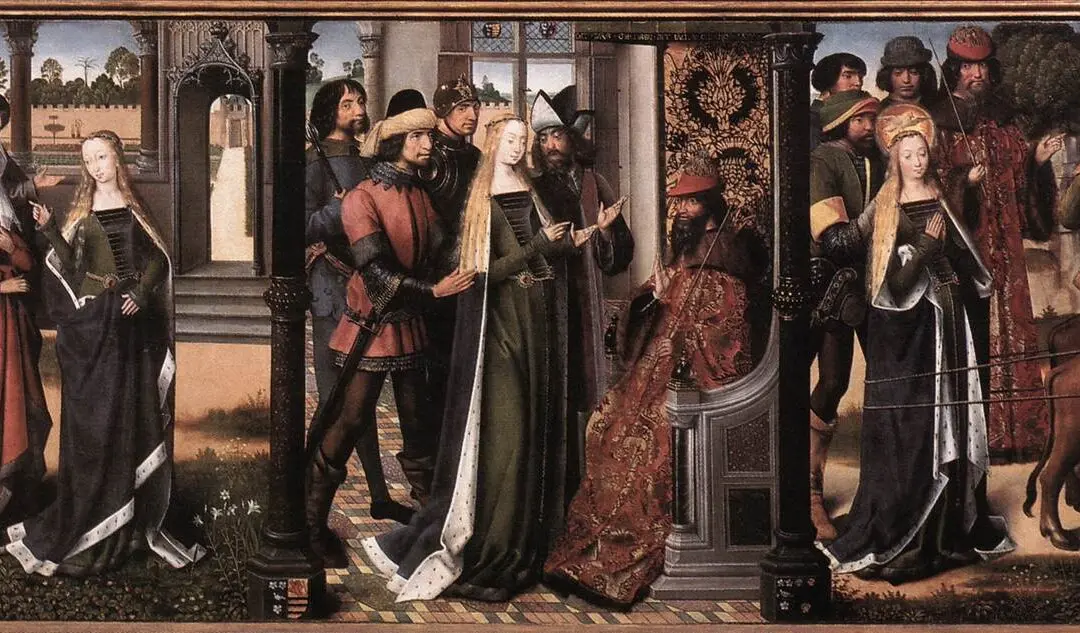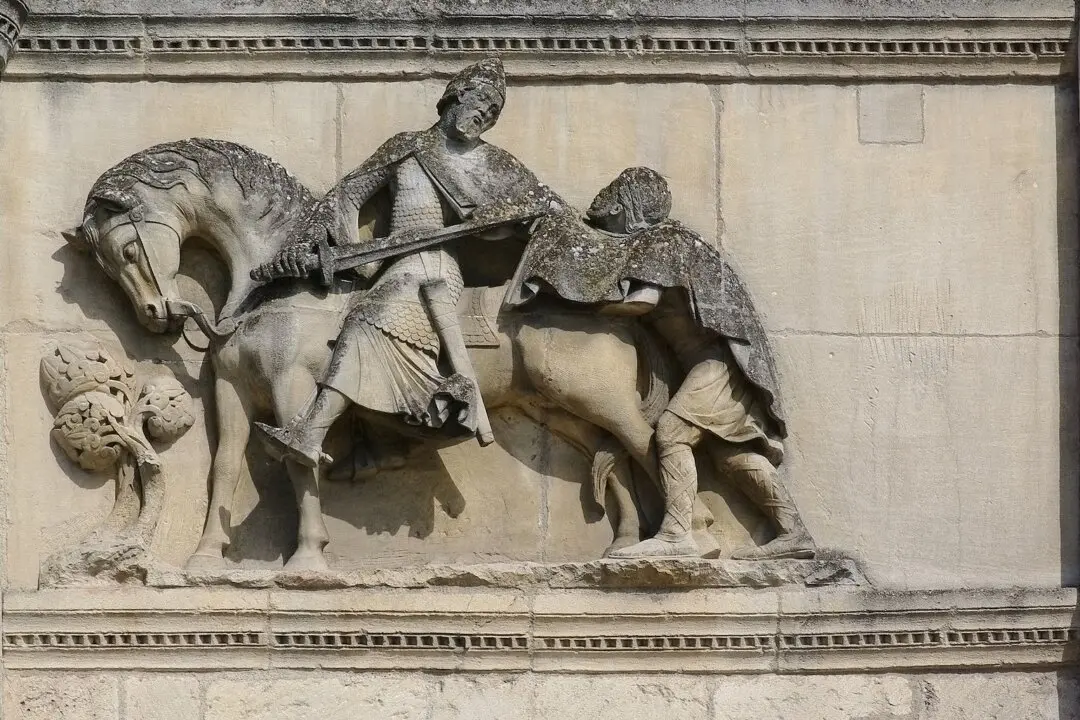Under a spreading chestnut-tree The village smithy stands; The smith, a mighty man is he, With large and sinewy hands, And the muscles of his brawny arms Are strong as iron bands.
His hair is crisp and black, and long; His face is like the tan; His brow is wet with honest sweat, He earns whate'er he can, And looks the whole world in the face, For he owes not any man.
Week in, week out, from morn till night, You can hear his bellows blow; You can hear him swing his heavy sledge, With measured beat and slow, Like a sexton ringing the village bell, When the evening sun is low.
And children coming home from school Look in at the open door; They love to see the flaming forge, And hear the bellows roar, And catch the burning sparks that fly Like chaff from a threshing floor.
He goes on Sunday to the church, And sits among his boys; He hears the parson pray and preach, He hears his daughter’s voice, Singing in the village choir, And it makes his heart rejoice.
It sounds to him like her mother’s voice Singing in Paradise! He needs must think of her once more, How in the grave she lies; And with his hard, rough hand he wipes A tear out of his eyes.
Toiling—rejoicing—sorrowing, Onward through life he goes; Each morning sees some task begin, Each evening sees it close; Something attempted, something done, Has earned a night’s repose.
Thanks, thanks to thee, my worthy friend, For the lesson thou hast taught! Thus at the flaming forge of life Our fortunes must be wrought; Thus on its sounding anvil shaped Each burning deed and thought.
As students traipsing through the viridian Irish countryside or marching along the cobblestone streets of Italian cities, we chanted, “Under a spreading chestnut tree, the village smithy stands.” Pulled from many different educational backgrounds to share a semester abroad during college, we somehow found in the recesses of our memory an unexpected common link.




